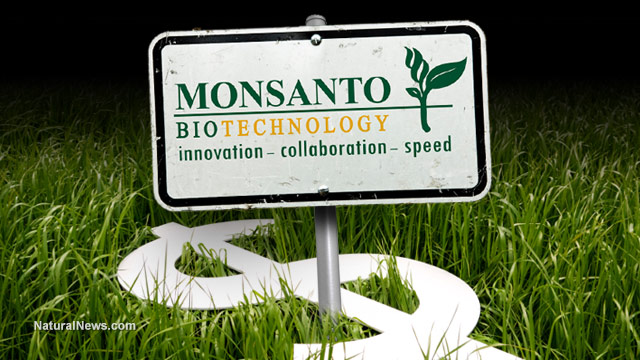 (NaturalNews) Ecologists refer to bees and a few other select organisms as keystone species. This term is analogous to the keystone of an arch. Remove the wedge-shaped stone at the top, and the entire structure collapses.
(NaturalNews) Ecologists refer to bees and a few other select organisms as keystone species. This term is analogous to the keystone of an arch. Remove the wedge-shaped stone at the top, and the entire structure collapses.
Bees are a keystone species because they are the world’s primary pollinators and are therefore crucial to the environment. While Monsanto claims bees only pollinate about a third of the world’s crops, others estimate their contribution to be closer to 90%. But the startling decline of the bee population isn’t just threatening our crops, it is also threatening varied and diverse wild plants across the globe that provide food for countless animal species. If we lose the bees, the loss to our ecosystems will be catastrophic.
Disappearing Bees
Colony collapse disorder is a term for deserted hives. Adult bees vacate the hive, leaving behind the queen and immature bees. The adult bees simply vanish.
The Department of Agriculture cites several possible causes for colony collapse that include parasites, viruses, predators, nutritional deficits, and pesticide poisoning. They hypothesize a probable combination of factors while reminding us that bee disappearances have been recorded as far back as the 1880s.
While we must recognize multiple factors are in play, there is no denying the fact that bees are very sensitive to pesticides, making them more susceptible to disease and interfering with their navigation. Even when exposed to sub-lethal doses of pesticides, many bees simply get lost. Unable to find their way back to the colony, they die, lost and alone. It’s not just pesticides sprayed on crops that are killing the bees, the pesticides built into genetically modified crops are killing kill them as well.
Read more: http://www.naturalnews.com/050993_flying_ants_genetically_engineered_Monsanto.html
